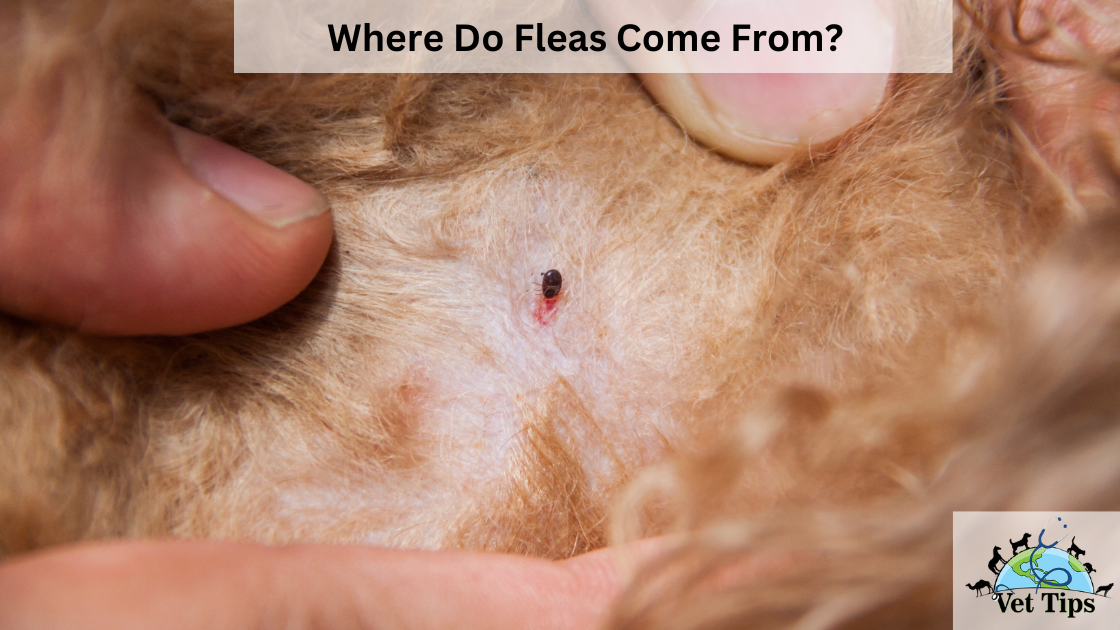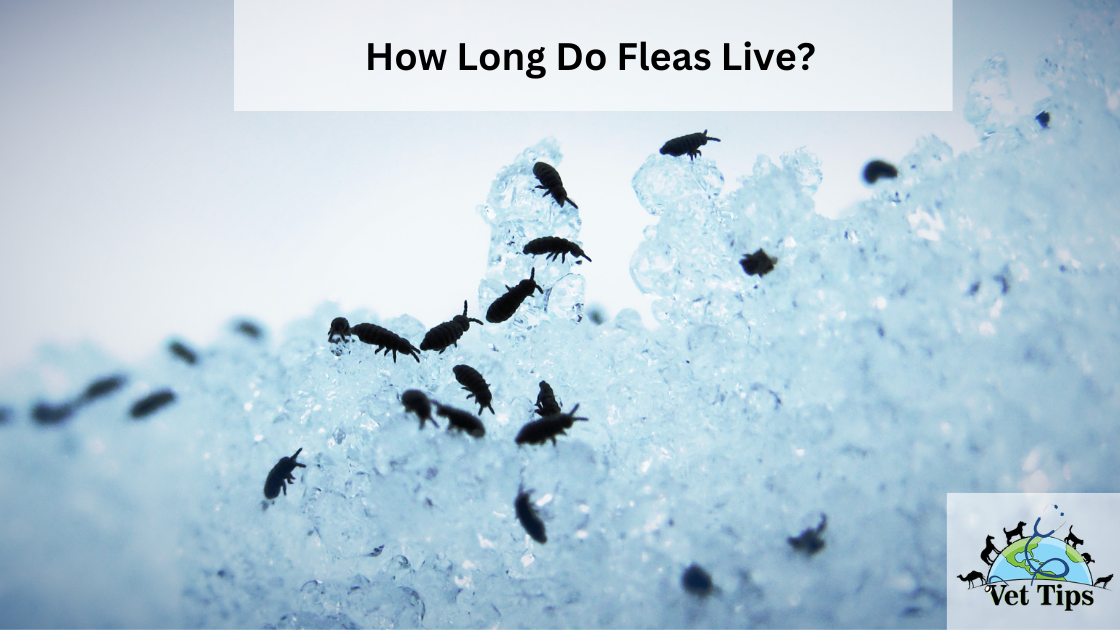Fleas are annoying little parasites that may transform a warm and comfortable house into an itchy and miserable place to live. Have you ever had the thought, “Where do fleas come from?” cross your mind? This essay takes a deep dive into the world of these vexing animals, revealing insights and unraveling the mysteries surrounding their ancestry in the process.
The Flea Chronicles: A Tale of Beginnings
Fleas, which are notoriously difficult to catch, may trace their ancestry all the way back through history. These tiny organisms have a tendency for materializing seemingly out of thin air, which leads you to wonder where they came from in the first place. The question, therefore, is, where do they originate? Let’s find out the truth by going on an adventure that spans both time and other ecosystems.
A Closer Look at Flea Habitats
These cunning beings have a high tolerance for stress and can prosper in a wide range of situations. They have a knack for finding a place to call home, whether it be in lush gardens or on fluffy pets. They are skilled hitchhikers who attach themselves to unwary hosts and look for safe havens in secluded nooks and crannies. Fleas are able to sneak into our homes and live through a variety of covert entry points, including the fur of our cherished pets and the crevices of our living spaces.
Fleas: A Comparative Analysis
In order to understand where fleas came from, it is necessary to investigate the behaviors and environments of a wide variety of flea species. Let’s take a more in-depth look at the ways in which fleas interact with the various hosts and surroundings they live in.
Canine vs. Feline Flea Dynamics
Fleas are experts in the art of adaptability, and their strategy differs depending on whether they are feeding on a dog or a cat. Fleas that feed on cats and dogs are known as Ctenocephalides felis, whereas those that feed on dogs are known as Ctenocephalides canis. Dog fleas are more likely to flourish in outside surroundings and kennels. To effectively combat infestations, it is essential to have a solid understanding of these distinctions.
Wildlife Reservoirs: An Unconventional Habitat
The ecology that fleas live in is highly dependent on wildlife, particularly rodents, birds, and other birds. These animals serve as flea transporters, moving the parasites from one location to another. The relationship between fleas and the wild animals that serve as their hosts can provide us with valuable information about the possible origins of infestations.
Graphing the Flea Trajectory: Data Insights
Let’s try to picture the journey that fleas make across both time and space. The graphs that are presented here offer a fresh perspective on their background as well as the migratory patterns that they followed.
Flea Infestations Over the Seasons
There are some quite interesting patterns that emerge when one tracks the rise and fall of flea populations over the course of a year. Flea infestations tend to reach their peak during the warmer months, illustrating the fact that flea activity follows a seasonal pattern. This information can help in the development of preventative strategies to safeguard our beloved friends.
The Urban-Rural Flea Divide
A comparison of the rates of flea infection in urban and rural regions can help throw light on the impact that human activity plays. Infestations can be more common in urban centers because of the greater number of pets and the prevalence of shared living areas. Although they are not immune, rural areas have distinct dynamics that are impacted by interactions between species.
Unveiling Flea Mysteries: FAQs
How do fleas find their hosts?
Fleas have an exceptional sense of smell, which they have perfected over the course of millennia. They have the ability to detect vibrations, body heat, and exhaled carbon dioxide, which helps them locate new hosts.
Can fleas survive on humans?
Fleas can still bite people and lay eggs on us despite the fact that we aren’t their favorite hosts. The fact that we do not have dense fur, on the other hand, makes it more difficult for them to create a permanent home here.
What attracts fleas to indoor environments?
Fleas can be brought indoors by a number of things, including the presence of pets and warm, cozy places to hide. They can thrive in almost any habitat, including the one provided by carpets, furniture, and beds.
How fast do fleas reproduce?
It is well known that fleas have a very quick life cycle for reproduction. One female flea is capable of producing hundreds of eggs in only a few short weeks, which can lead to infestations that arise suddenly.
Can fleas transmit diseases?
Fleas are responsible for the transmission of illnesses such as tapeworms and murine typhus. The necessity of good flea management cannot be overstated due to it’s role as disease vectors.
In Conclusion
As we’ve dug further into the mystery of fleas and where they came from, we’ve unearthed a fascinating world of evolution, survival, and cohabitation. Fleas, with their extraordinary capabilities, continue to fascinate and test us. By gaining an awareness of their routines, habitats, and the historical context in which they evolved, we get an advantage when it comes to the creation of environments that are harmonious for both people and their pets. If you ever find yourself wondering, “Where do fleas come from?” just keep in mind that the answer is hidden somewhere in the intricate web that nature has created for itself.
Tell us in the comments, how you like our article “Where do fleas come from?”
For similar posts like this, click here.
For the source file, click here.








